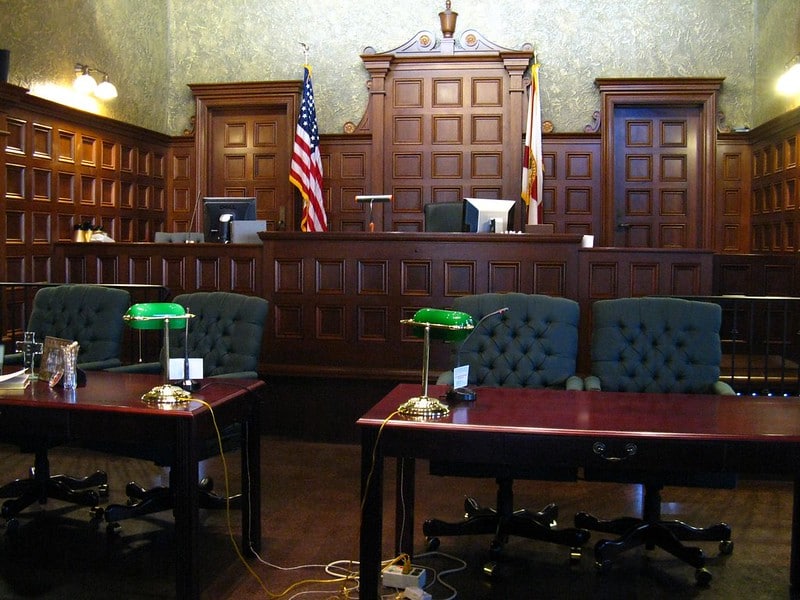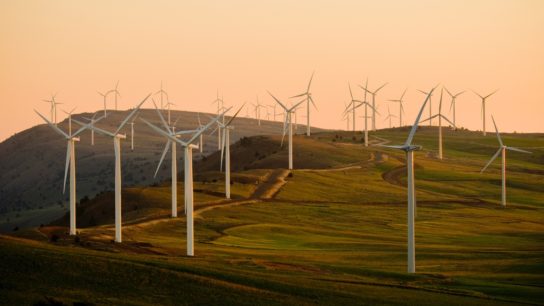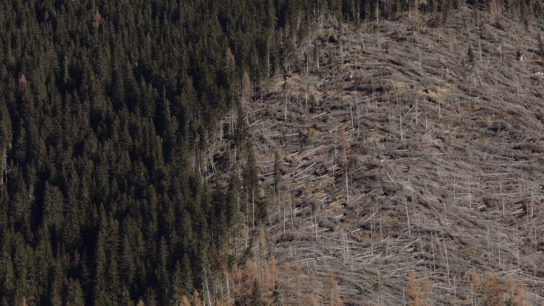Tackling climate change isn’t an issue that we’ll solve only by using renewable energy and reducing plastic waste. Instead, we need to reform our legal systems to hold those most responsible for climate change to account for their actions. That’s exactly what climate change lawsuits aim to accomplish. What have been the outcomes of such climate change lawsuits and what does the future look like in this area?
—
Examples of Past and Current Lawsuits
This type of litigation isn’t new. Though climate change lawsuits have recently become more common, Massachusetts v. Environmental Protection Agency in 2007 was the world’s first landmark case in environmental law. It involved many US states that argued the government has an obligation to regulate emissions from vehicles under the Clean Air Act. After Massachusetts’s win in court, greenhouse gases were officially recognised as air pollutants.
Since then, additional lawsuits have surfaced around the world, from the UK to Australia. Besides the above-mentioned case, the US has seen a few famous lawsuits, such as 2015’s Juliana v. United States, where young people claimed the federal government’s inaction against climate change would impact their futures. While the case still remains in court after several dismissals and appeals, Juliana v. United States has gained international recognition.
Today, you can find thousands of climate change lawsuits being argued in global court systems. Between fossil fuel corporations and shipping industry giants, both ordinary individuals and environmental groups continue to take legal action against the world’s most prominent contributors to climate change. A recent case in the Netherlands against Shell, Exxon, BP and Chevron, as well as one lead by the United Nations against the shipping industry, proves that environmental lawsuits are on the rise.
However, quantity doesn’t always equate to success.
You might also like: The Leaders’ Summit on Climate 2021: A Summary
How Successful Are these Court Cases?
Unfortunately, climate change cases usually experience quick dismissals. It can be difficult for the prosecution to prove climate change has or will have detrimental effects — especially when they assert what can be considered vague claims like “violation of rights to life,” as an ongoing lawsuit in the United Kingdom has. Plus, cases don’t always reach the highest courts, where the decisions truly matter.
It’s also important to point out that because climate change lawsuits are relatively new, some procedural issues exist. That’s evident in how the American Supreme Court recently met to discuss whether litigation surrounding oil and gas companies belongs in state or federal courts. Their eventual decision, expected later this year, will impact dozens of lawsuits.
However, these lawsuits have seen success. The decision from Massachusetts v. Environmental Protection Agency led to strengthened carbon dioxide regulations in the United States. A similar outcome occurred in the Netherlands in 2019, when their Supreme Court upheld an appeal urging the government to cut emissions by 25% by 2021. These are just a few examples.
If plaintiffs can find proper ways to prove climate change affects human capital much like other detrimental circumstances, they’ll be increasingly more successful in court.
Future Outcomes of Climate Change Lawsuits
The stage is being set for more climate change lawsuits in the future. In 2020 in the US, the International Bar Association in America released a guide mapping out legal arguments to help plaintiffs litigate climate change. This support should make court cases even more prevalent since everyone will have access to resources that lead to more effective litigation.
Additionally, with President Joe Biden in office, we might see more positive outcomes for environmental regulations, as the Trump Administration initiated many related rollbacks from 2016 to 2020. This point remains to be seen — especially because the country’s highest court currently leans more right, or conservative, and climate change tends to be an issue heralded by the left.
However, we can still expect to see some climate change action in the US over the next four years, especially as Biden has made climate change action a central part of his administration’s mandate.
Legal Battles Could Shape What Happens Next Regarding Climate Change
This type of litigation faces inevitable hurdles — but all hope is not lost. It may take time before climate change lawsuits become more widespread, especially as plaintiffs learn to build stronger cases and court systems adapt to environmental law. That said, we should slowly start seeing positive outcomes over the next few years.
Featured image by: Flickr


















